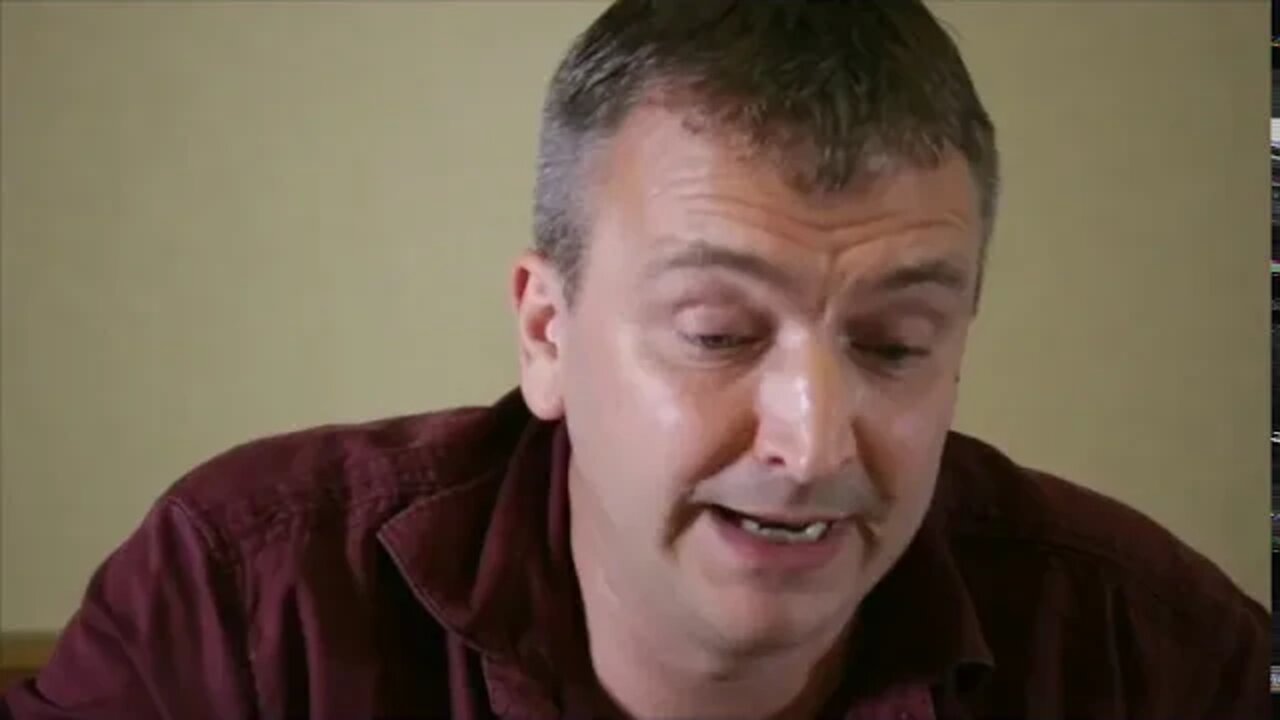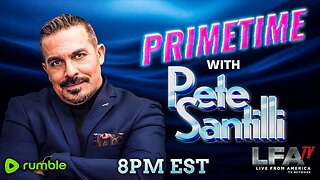Premium Only Content

1. Assessment and Treatment of Phantom Limb Pain by Andrew T. Austin (Mirror Box Therapy)
Assessment and Treatment of Phantom Limb Pain by Andrew T. Austin (Mirror Box Therapy) based on the original ideas of V.S. Ramachandran.
Video 1.
00.01 Introduction and background
04.00 Amputations in hospital, patient experience of visual representation and feedback
05.50 Patient experience of kinaesthetic representation and feedback
06.50 The mirror box, the rationale for the choice of style and construct
08.25 Vilyanur Ramachandran, Phantoms in The Brain.
09.25 Phantom limb pain case study/example (edited to remove confidential details)
12.30 Ramachandran, change the picture
12.57 Assessment of patient (PTSD)
23.10 Assessment of patient (delayed organic depression)
26.24 Assessment of patient (dysmorphic distress)
32.10 Assessment of patient (secondary depression and anxiety)
36.45 Assessment of patient (pre-morbid conditions)
---------------------------------
Notes:
1. The mirror box ("mirror visual feedback (MVF)") technique is invariably more effective and dramatic when working with a phantom arm rather than the leg. Where there is a below-knee amputation, success is usually greater than with an above-knee amputation. If you have data suggesting differently to this, please get in touch, I'd like to hear from you. My email: freshnewbrain@gmail.com
2. Where sensory “remapping” occurs, i.e. stimulation to the corresponding cheek, neck and throat elicit sensation in the phantom hand/forearm, the mirror box approach is invariably successful. Where no remapping occurs, results are less significant, incomplete or entirely absent with no benefit bein derived from MVF. I have no idea why this should be the case.
3. Where the pain is caused by nerve pain or stump pain, the mirror box is of little benefit. Many patients, and indeed clinicians, find it difficult to differentiate between tump pain and phantom limb pain. Of course, both issues may be present in the same patient thus confusing the issue for all concerned.
4. Therapists using the mirror box find it doesn’t work primarily for a very simple reason – they don’t set things up appropriately. For example, one chap with amputation of left arm at shoulder level following brachial plexus injury had the problem that the phantom arm was twisted up behind his back. Therefore at this juncture, there is no value in using the mirror box. First, we had to manipulate the phantom into a position whereby it was in front of him so that it could be placed into the box. Another patient, having manipulated the phantom into the right position found no benefit from the mirror until we removed his wristwatch from his remaining wrist. The illusion needs to be total and convincing.
5. At the point the `effect` occurs with the mirror, there is usually an overwhelming release of emotion that is not unpleasant. After this initial effect, the person feels pleasantly different. This emotional state does not appear to recur with subsequent sessions with the mirror box.
6. Success vastly increases where the client approaches the box with their remaining arm already in a mirror-position to that of the phantom. I think this is the problem that occurs when working with phantom legs, where often the phantom is a different length to that of the remaining limb.
I’d be interested to hear of any other experiences people have with the technique, both successful and otherwise. Eventually, I hope to collate the data and present it on the website in due course.
Email me: Andrew T. Austin (not a doctor) at: freshnewbrain@gmail.com
My main website: https://www.23NLPeople.com
#neurology #medicine #pain
-
 LIVE
LIVE
Barry Cunningham
4 hours agoBREAKING NEWS: PRESIDENT TRUMP ABSOLUTELY NUKED WASHINGTON D.C. AND THE MEDIA!
1,620 watching -
 1:19:05
1:19:05
Glenn Greenwald
2 hours agoTrump's DC Takeover: Is it Legal? Israel Kills More Journalists, Including Anas al-Sharif; Glenn Reacts to Pete Buttigieg and JD Vance on Israel | SYSTEM UPDATE #501
63.4K60 -
 44:40
44:40
Katie Miller Pod
2 hours ago $0.84 earnedEpisode 1 - Vice President JD Vance | The Katie Miller Podcast
8.03K3 -
 LIVE
LIVE
LFA TV
1 day agoLFA TV ALL DAY STREAM - MONDAY 8/11/25
855 watching -
 DVR
DVR
RiftTV
4 hours agoBREAKING: Trump FEDERALIZES D.C. To RESTORE Law & Order | The Rift | Ryan Matta, Olivia Krolczyk + Braeden Sorbo
11.3K1 -
 LIVE
LIVE
megimu32
2 hours agoOTS: Breakfast Nostalgia + Blind Chocolate Cereal Showdown… LIVE! 🍫🥣
123 watching -
 LIVE
LIVE
LIVE WITH CHRIS'WORLD
9 hours agoLIVE WITH CHRIS’WORLD - It’s Called LAW & ORDER
178 watching -
 11:07
11:07
AlaskanBallistics
1 day agoBreek-Lok Quick Detach Hub Mount and Flash Hider System Review
2.92K -
 57:44
57:44
Donald Trump Jr.
6 hours agoExclusive Interview with Deputy Secretary of State Chris Landau | Triggered Ep266
92K40 -
 58:40
58:40
BonginoReport
10 hours agoModern Dating Woes & How To Resist Temptation w/ Tilly Dillehay - Hayley Caronia (Ep.109)
31.9K14